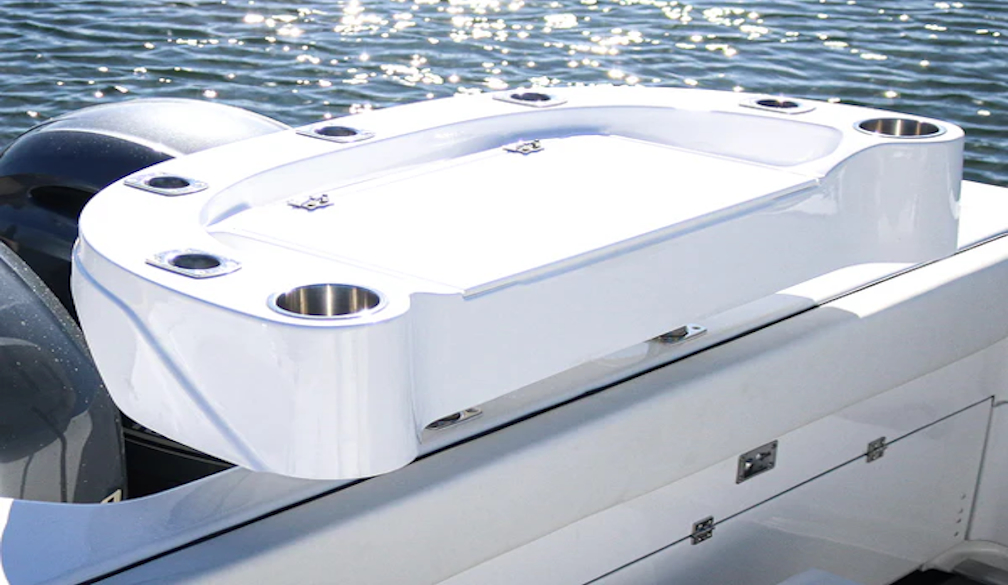How to Efficiently Move and Establish Energy Services in a New Location

Moving to a new place is exciting and stressful. Among all the tasks involved, setting up energy services at your new home is key to a smooth transition. Proper planning and execution will ensure you have electricity, gas and other energy services up and running when you move in. Here’s a step-by-step guide to help you move and set up energy services in your new home.
Start Early to Plan Ahead
The primary key of a stress free move is to start earlier. As soon as you have your moving date, start planning your energy services.
- Create a Checklist: List all the tasks involved in moving your energy services, contacting providers and scheduling connections.
- Set Deadlines: Set deadlines for each task to ensure everything is done on time.
Know Your Current Energy Services
Before you make any changes, review your current energy services.
- Review Contracts: Check the terms of your current contracts for electricity, gas and other utilities. Look for any clauses about moving, such as early termination fees or notice periods.
- Contact Providers: Tell your current providers about your move and ask about the process for transferring or cancelling services.
Research Providers at Your New Location
If you’re moving to a new area, you may need to switch energy providers. Researching your options will help you find the best deals.
- List of Providers: Find out which energy providers operate in your new area. This information is usually available on local government websites or a quick internet search.
- Compare Plans and Rates: Look at the different plans and rates offered by each provider. Consider fixed vs variable rates, contract length and any additional fees.
- Read Reviews: Check customer reviews and ratings to see how reliable and customer friendly each provider is.
Collect Required Information
Having all your information ready will make setting up new services easier.
- Personal Details: Be prepared to provide your full name, date of birth and possibly your social security number.
- New Address: Have the full address of your new home including any unit or apartment numbers.
- Move-In Date: Know the exact date you’ll be moving into your new home.
Schedule Connection and Disconnection
Timing is everything when it comes to disconnecting services at your old home and connecting them at your new one.
- Old Home: Disconnect on the day after you move out. So you have power during the move.
- New Home: Connect on the day before you move in. So every connection is ready to use when you reach there.
Final Meter Readings
Before you leave your old home, take final meter readings for electricity, gas and water.
- Record the Readings: Write down or photograph the readings as proof of usage.
- Give to Providers: Give these to your current providers so they can send you an accurate final bill.
Confirm New Services
Once you’ve sorted everything with your new providers, confirm all the details to avoid any mistakes.
- Check Confirmation: Make sure you get an email or letter from your new providers with the service start dates.
- Verify Info: Double check everything, including your name, address and service dates.
Test the Electricity Services
When you get to your new home, try all the energy services to make sure they work.
- Lights and Outlets: Turn on lights and test outlets in each room.
- Appliances: Check major appliances like the stove, fridge and heating system.
- Call Provider if Problems Occur: If you have any issues, call your new provider straight away to fix them.
Be Prepared for Emergencies
Even with planning, things can go wrong. Being prepared will help you cope.
- Backup Lighting: Have portable lights or candles nearby in case there’s a delay in getting your electricity connected.
- Emergency Contacts: Have your new energy provider’s contact details handy in case you need to call them quickly.
Energy Efficiency
Moving into a new home is a great opportunity to be more energy efficient, which will save you money and the planet.
- Energy Audit: Consider doing an energy audit to see where you can improve efficiency, like insulation and windows.
- Upgrade Appliances: If you can, upgrade to energy-efficient appliances.
- Smart Home Devices: Install smart thermostats and other devices to monitor and reduce energy usage.
Update Your Details
Finally, make sure you update your address with everyone else so you get your bills and other important stuff.
- Energy Providers: Get your new address added to your energy providers’ records.
- Additional Services: Update your address with other utility providers, banks and official documents like your driver’s licence and voter registration.
Conclusion
Starting a new journey after moving to a new home is a big job, but setting up your energy services doesn’t have to be. By starting early, knowing your current services, researching new providers and planning for the move, you’ll be all set. Trying the services and being energy efficient will help you settle in. With some preparation, you’ll be all good to go in your new home.











